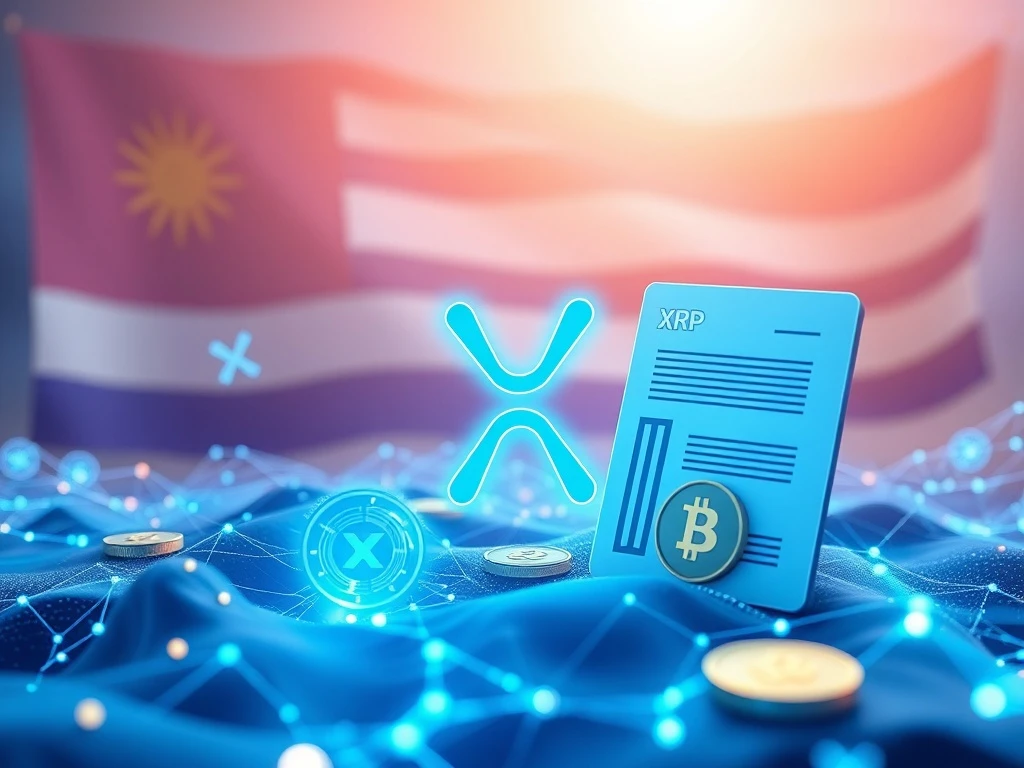XRP News Today: Uruguay’s Bold Move to Align Crypto Regulations with OECD & EU Standards

Uruguay is making headlines in the XRP news today as it takes a bold step toward formalizing cryptocurrency regulations. This move aims to align with OECD and EU standards, setting a precedent for other nations. What does this mean for XRP and the broader crypto market? Let’s dive in.
Uruguay’s Crypto Framework: A Game-Changer for XRP and Digital Assets
Uruguay’s new regulatory framework seeks to resolve ambiguities in crypto taxation, reporting, and operational guidelines. Key aspects include:
- Alignment with OECD and EU directives for transparency and accountability.
- Clear AML compliance requirements for exchanges, wallets, and miners.
- Tax due diligence and transaction reporting for crypto service providers.
How Does Uruguay’s Approach Compare to Global Trends?
Uruguay’s framework mirrors global efforts, such as Southeast Asia’s crypto reforms. Here’s a quick comparison:
| Region | Key Focus | Impact on XRP |
|---|---|---|
| Uruguay | OECD/EU alignment, AML compliance | Enhanced institutional participation |
| Southeast Asia | Competitiveness in digital assets | Market growth and innovation |
Taxation and Compliance: What You Need to Know
Uruguay’s hybrid tax model simplifies obligations for retail users while imposing rigorous reporting on institutions. This aligns with the OECD’s cross-border tax transparency, ensuring:
- Clear guidelines for crypto as income or property.
- Reduced non-compliance risks for users.
- Enhanced appeal to foreign investors.
Will Uruguay’s Framework Boost Trust in Crypto?
By addressing regulatory gaps, Uruguay could reinforce trust in digital assets, especially in emerging markets. Key takeaways:
- Structured frameworks mitigate risks while fostering innovation.
- Balanced regulations attract institutional participation.
- Adaptability is crucial for long-term success.
FAQs
1. What is Uruguay’s new crypto framework?
Uruguay is advancing regulations to align with OECD and EU standards, focusing on taxation, AML compliance, and operational clarity for crypto service providers.
2. How does this impact XRP?
Clear regulations could reduce operational complexities for XRP, attracting institutional investors and enhancing market stability.
3. What are the key compliance requirements?
Crypto service providers must perform tax due diligence and report transactions to authorities, mirroring OECD’s 2026 deadline.
4. How does Uruguay compare to other regions?
Uruguay’s approach is similar to Southeast Asia’s reforms, emphasizing transparency and competitiveness in the digital asset sector.
5. What are the risks of overly stringent regulations?
Excessive requirements could hinder innovation, underscoring the need for a balanced approach.









